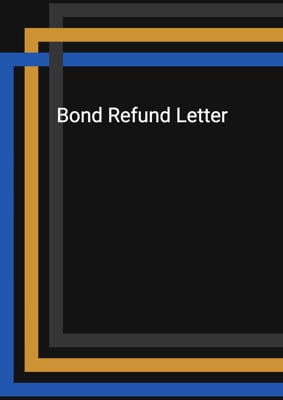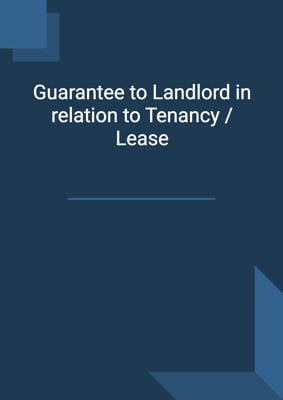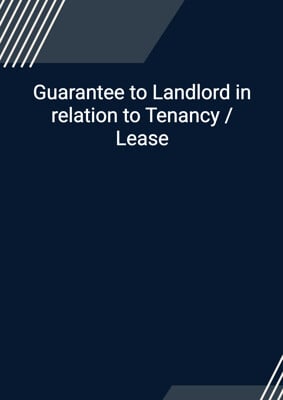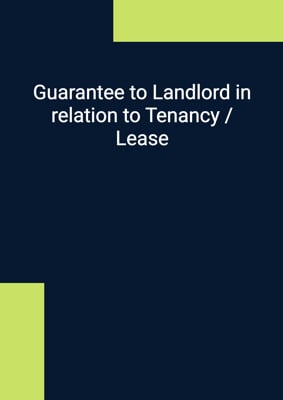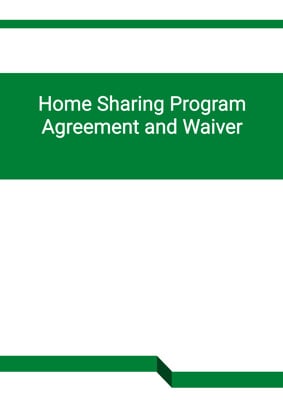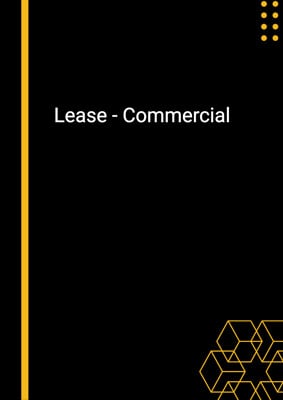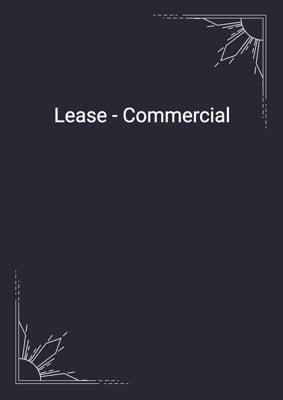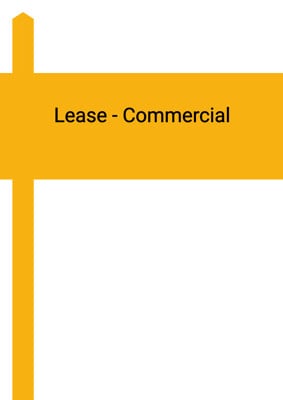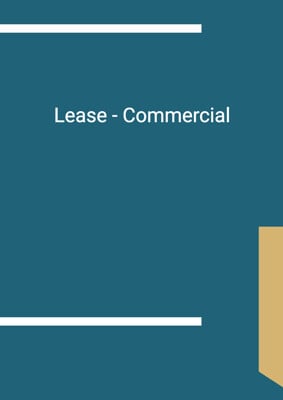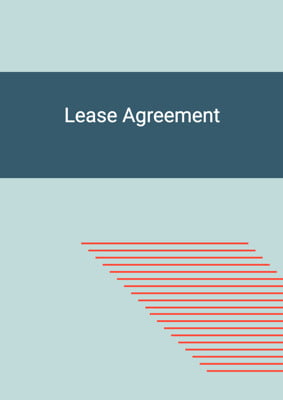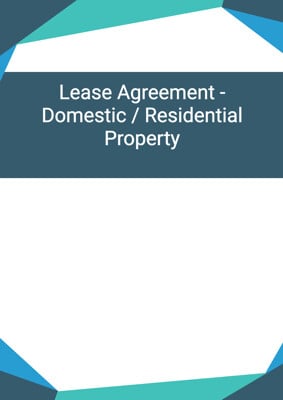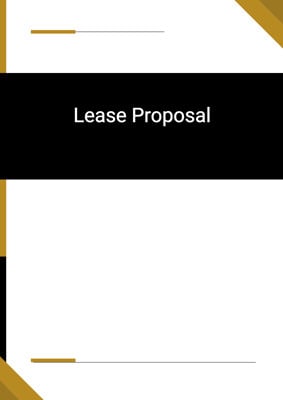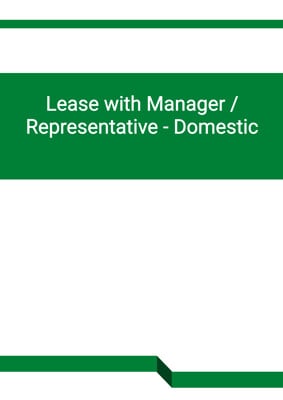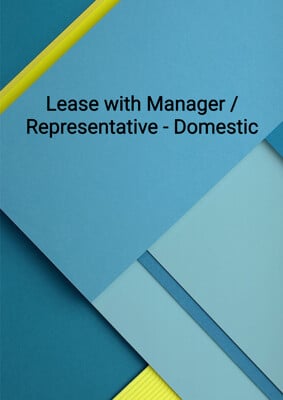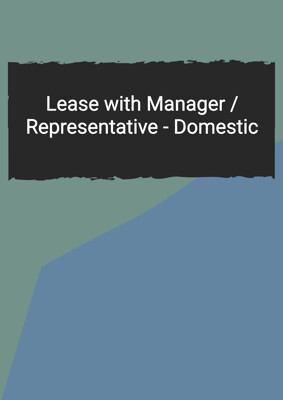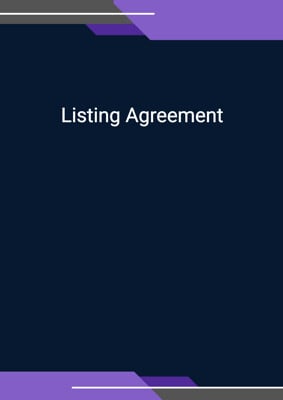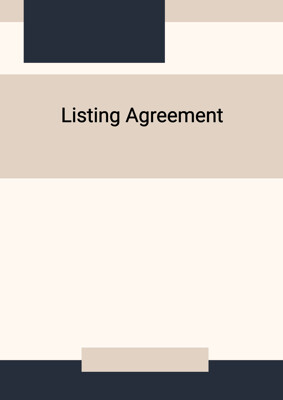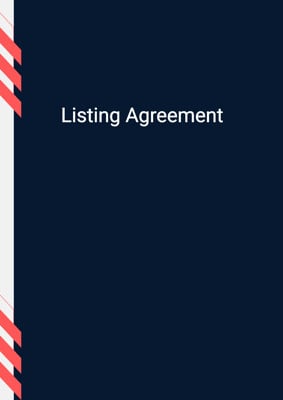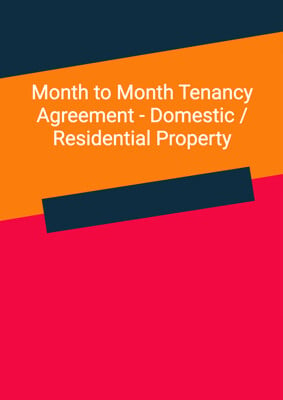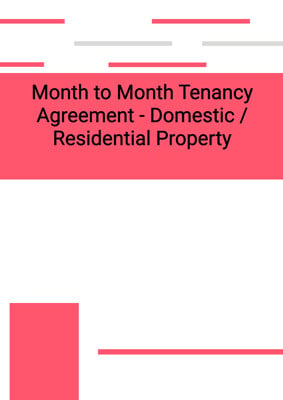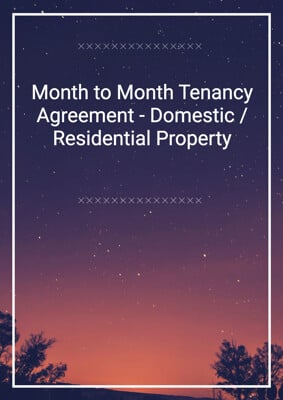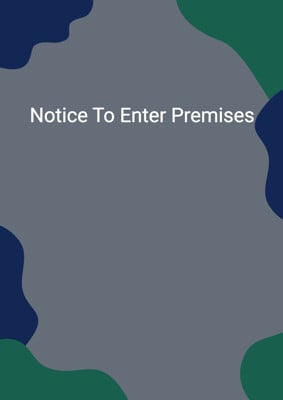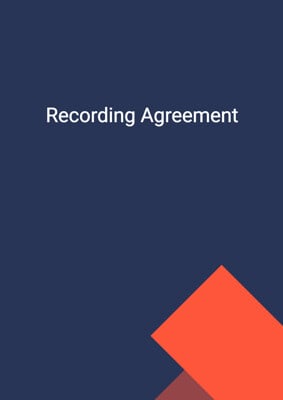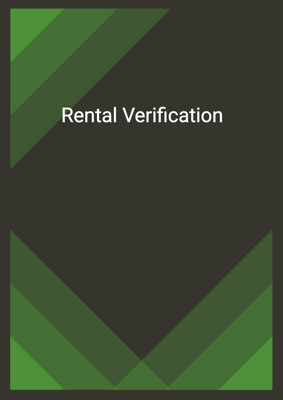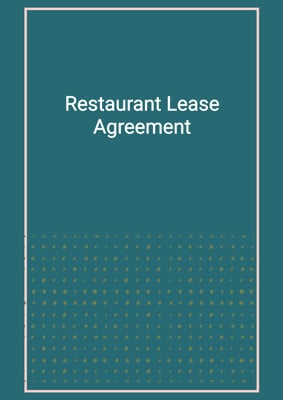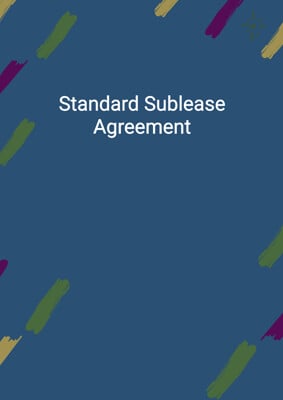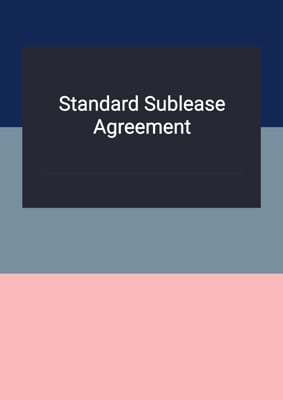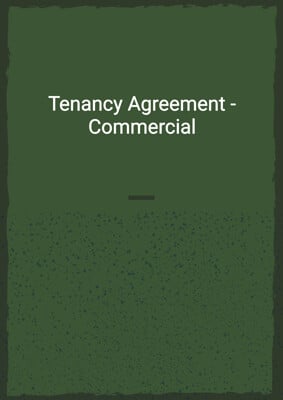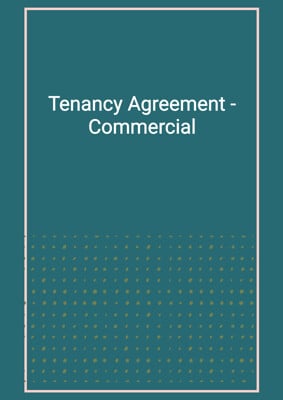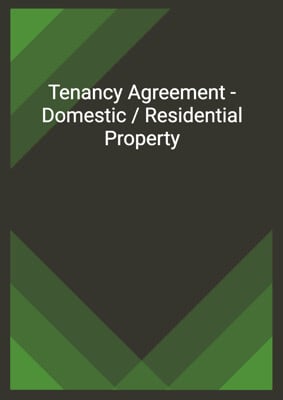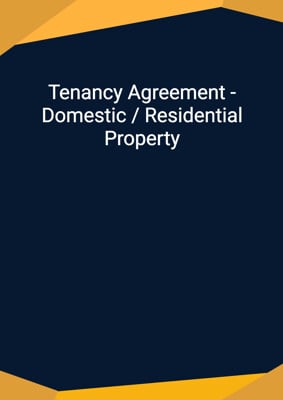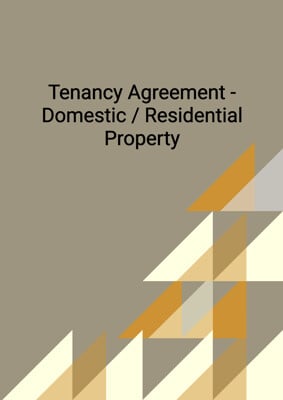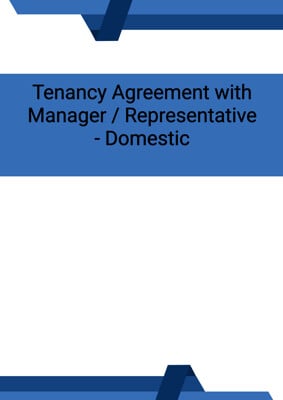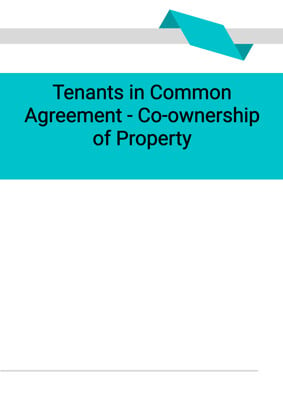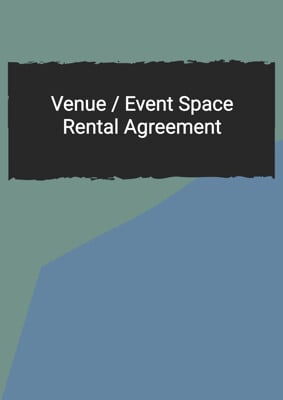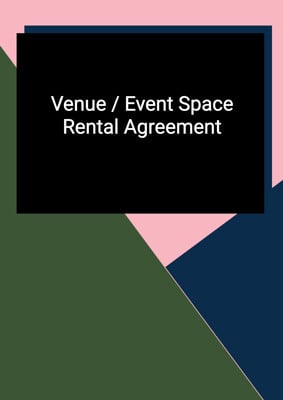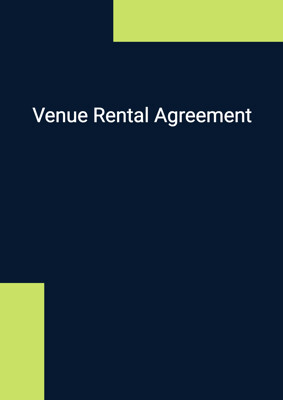How to Tailor the Document for Your Need?
01
Create Document
Fill in the details of the parties. You can click the "Fill with Member’s Information" button to complete it with information saved to your account.
02
Fill Information
Please fill in any additional information by following the step-by-step guide on the left hand side of the preview document and click the "Next" button.
03
Get Document
When you are done, click the "Get Document" button and you can download the document in Word or PDF format.
04
Review Document
The document should be signed by the authorised signatory (or directors of a company) and witnessed to complete the formality.
Document Preview
Document Description
This document is a Lease Agreement for a domestic or residential property. The agreement is entered into between the lessor (Party 1) and the lessee (Party 2). The document outlines the terms and conditions that both parties agree to observe and perform.
The lease agreement begins with a detailed introduction, highlighting the importance of the document. It states that the lessor shall let and the lessee shall take the premises for the term of the lease. The document also specifies that both parties agree to observe and perform the terms and conditions as described in the schedule.
The lease agreement is divided into several sections, each providing a detailed introduction and description of the terms and conditions. Section 1 outlines the lease of the premises and the furniture, fixtures, fittings, and equipment included. It specifies that the premises are leased for residential purposes and provides details about the total area.
Section 2 describes the term of the lease, including the commencement date and the end date. It also mentions the option for termination after the first break years of the term and the conditions for advance termination before the fixed break years.
Section 3 discusses the rent payment, including the currency and period basis. It states that the rent includes furniture, electrical appliances, and other items and fees listed in the schedule. It also mentions the charges for water, electricity, gas, telephone, and other outgoings payable by the lessee.
Section 4 addresses the deposit, specifying the amount and the conditions for its payment, return, and deduction. It states that the deposit is payable within one business day after the signature of the lease and can be retained by the lessor in case of lease termination or breach by the lessee.
Section 5 covers other charges, such as management fees, government rates and rent, and property tax. It states that the lessee is responsible for paying these charges during the term of the lease.
Section 6 outlines the lessor's responsibilities, including ensuring the legality of the premises, renovating the property before the lease commencement date, and maintaining the structural parts and main drains of the premises.
Section 7 discusses the lessee's responsibilities, such as paying rent, keeping the premises in good condition, indemnifying the lessor for any loss or damage, and complying with laws, regulations, and rules. It also mentions the lessor's right to enter and inspect the premises with prior notice.
Section 8 describes the termination of the lease, stating the conditions under which the lessor can terminate the lease if the lessee fails to make payments or breaches other material terms. It also mentions the lessee's obligation to deliver vacant possession of the premises at the expiration or termination of the lease.
Section 9 outlines the conditions of the premises, including the lessee's acceptance of the premises as is and the lessee's responsibility for noting any defects or damages within seven days after move-in.
Section 10 lists various restrictions and prohibitions, such as not making alterations without consent, not causing nuisance or annoyance, and not subletting or assigning the premises without permission.
Section 11 excludes the lessor's liability for certain events, such as malfunctions or breakdowns of lifts, air-conditioning utilities, fire, or water overflow.
Section 12 includes miscellaneous provisions, such as the entire agreement between the parties, the waiver of breach, and the addresses for service of notices. It also mentions that the document is governed by the laws of the applicable jurisdiction and that any disputes shall be resolved through amicable negotiation or in the courts of jurisdiction.
Section 13 provides details about the service of notices, including the methods of delivery and the addresses of the parties.
Section 14 states that no rights under contracts for third parties are granted.
Section 15 specifies that the lessee agrees to the law and jurisdiction of the applicable jurisdiction.
The document concludes with the signatures of both parties and a schedule that lists the furniture, electrical appliances, storage space, and parking included in the lease agreement. It also provides space for any additional renovations agreed upon.
In summary, this Lease Agreement is a detailed and comprehensive document that outlines the terms and conditions for the lease of a domestic or residential property. It covers various aspects, including the lease term, rent payment, deposit, responsibilities of both parties, termination, and restrictions. The document aims to ensure clarity and protection for both the lessor and the lessee.
How to use this document?
1. Read the entire Lease Agreement carefully to understand the terms and conditions.
2. Make sure to enter the correct information in the agreement, including the names and addresses of both parties.
3. Pay attention to the lease term, including the commencement date and the end date. Note any options for termination and the conditions for advance termination.
4. Understand the rent payment terms, including the currency, period basis, and charges for water, electricity, gas, telephone, and other outgoings.
5. Take note of the deposit amount and the conditions for its payment, return, and deduction.
6. Be aware of other charges, such as management fees, government rates and rent, and property tax, and understand your responsibility for paying these charges.
7. Familiarize yourself with the lessor's responsibilities, such as ensuring the legality of the premises, renovating the property, and maintaining the structural parts.
8. Understand your responsibilities as the lessee, including paying rent, keeping the premises in good condition, and complying with laws and regulations.
9. Take note of the conditions of the premises and your obligation to note any defects or damages within seven days after move-in.
10. Be aware of the restrictions and prohibitions, such as not making alterations without consent and not subletting or assigning the premises without permission.
11. Understand the lessor's liability exclusions for certain events, such as malfunctions or breakdowns.
12. Keep in mind the miscellaneous provisions, such as the entire agreement, waiver of breach, and addresses for service of notices.
13. If any disputes arise, try to resolve them through amicable negotiation or seek legal recourse in the courts of jurisdiction.
14. Sign the Lease Agreement after carefully reviewing and understanding all the terms and conditions.
15. Keep a copy of the signed agreement for your records and refer to it as needed throughout the lease term.
Not the right document?
Don’t worry, we have thousands of documents for you to choose from:

